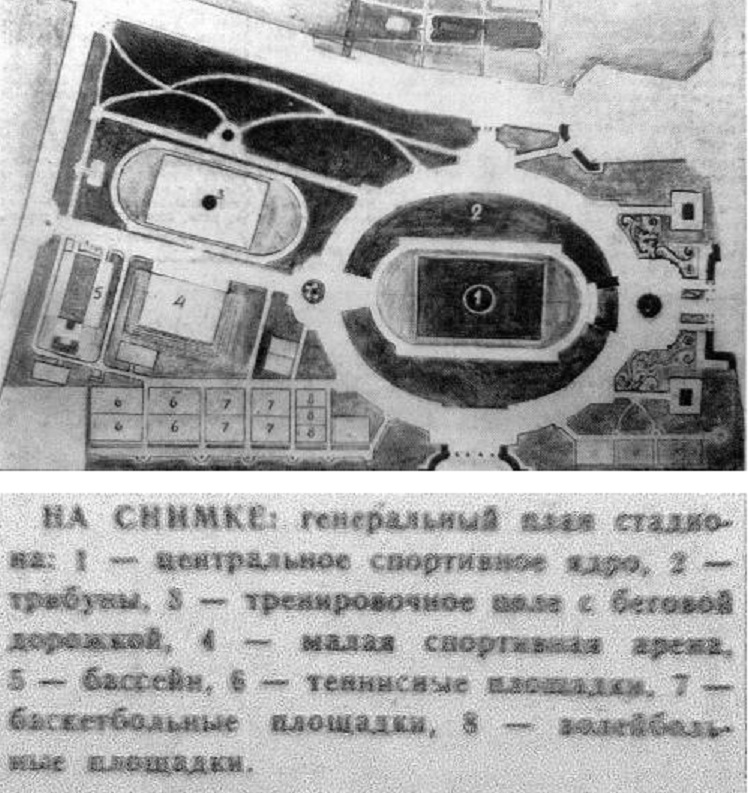Growth of the City in the Early 20th Century
Little expanding in the pre-war years due to its surroundings, Osh did not rise in height either, except for the increasing number of minarets by 1917 at the mosques. The spatial growth of the city, more precisely its residential part, is associated with the construction of new single-story buildings in the upper part of the city. The following data provides an idea of the growth of residential construction: at the end of the 1870s, there were about 1,000 households in Osh, and at the beginning of the 1880s - 2,834; according to data from 1900 - 4,468; by 1904 - 6,166. The majority of Osh's urban residents lived in houses made of adobe bricks with frame extensions. There were only 3 houses made of fired bricks and the same number of frame-type houses, while wooden residential buildings were completely absent. Except for 25 houses covered with iron, all the others had thatched and flat clay roofs. The type of housing remained the same later, but its quantity continued to increase, albeit more slowly in the following decade. By 1910, there were 6,316 houses in Osh, and by 1914 - 6,449. Thus, residential construction grew almost 6.5 times over three and a half decades.
With the increase in the number of residents, the populated part became somewhat denser, and the organization of urban land became more complicated. In the early 20th century, in addition to four unpaved squares (with a total area of 15 desiatinas 1800 square fathoms), Osh had 117 streets and 75 alleys with a total length of 126 versts, and by 1910 - already 137 versts. However, the length of paved streets was insignificantly small - only 4 versts, and the sidewalks, roads paved with gravel and pebbles, partly with fired bricks, were even less - only one verst. It is clear that all relatively well-maintained streets, lined with trees along the irrigation ditches - of which there were only 3 versts - and "properly arranged" sidewalks appeared only in the "new" city, which the district administration showed some concern for. In 1917, the total area of the city, distinguished, as already noted, by its vastness due to the overall significance of the homestead places, also more spacious in the new part of the city, with gardens, amounted to 1,742 desiatinas 1,420 square fathoms, in addition to 25 desiatinas 1,200 square fathoms of state land.
Osh through the eyes of foreign travelers in the late 19th century














































